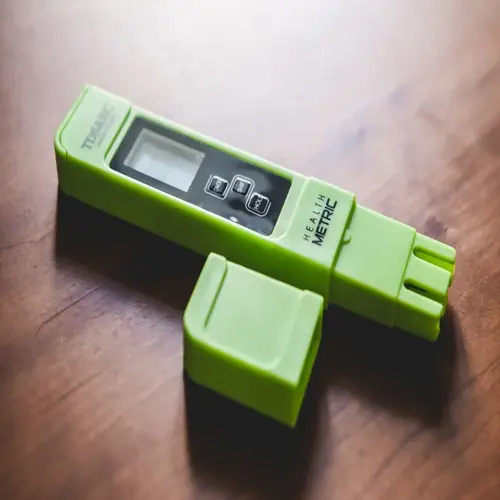What are signs of poor water quality?

Written by
Susan Taylor
Reviewed by
Prof. Henry Webster, Ph.D.Recognizing early warning signs of poor water quality saves fish. I made that error once and lost my entire angel fish colony to ammonia poisoning. The fish indicate distress through behavior changes before visible damage becomes evident. Learn these vital signs so that they can be acted upon before the toxin level is fatal.
"Surface gasping" suggests asphyxia from lack of oxygen, naturally caused by nitrite poisoning in fish. Fish appear to be suffocating because nitrite prevents the absorption of oxygen in the blood. During a filter failure, this has happened to my goldfish. The first action is to increase the aeration immediately and test the nitrite. This needs to be acted upon for an emergency within a period of hours.
Behavioral Signs
- Lethargy: Fish resting on bottom or plants
- Erratic swimming: Darting or spinning motions
- Hiding: Unusual avoidance of open spaces
- Jumping attempts: Trying to escape water
Physical Symptoms
- Faded colors: Loss of normal vibrancy
- Reddened gills: Inflamed or darkened tissue
- Cloudy eyes: Milky film over eyes
- Frayed fins: Ragged or receding edges
Environmental Clues
- Foamy surface: Protein buildup from waste
- Excess mucus: Slimy coatings on decorations
- Rapid plant decay: Unusual vegetation death
- Cloudy water: Bacterial blooms from imbalance
Clamped fins indicate an ammonia burn or pH shock. Fish hold their fins firmly against their body as though they are shivering. My tetras had this problem before they had a pH crash. Test the water immediately, especially for ammonia. Perform a partial water change using water matched to the tank's temperature to dilute the toxins.
Unusual rubbing against decor indicates possible parasite infestation or irritation (pH change). Fish rub to relieve discomfort. My cichlids rubbed against things when there was a sudden drop in pH. Check the pH and temperature stability. Quarantine sick fish if parasites are suspected.
Algal blooms that appear suddenly mean you have too much nitrate or phosphate. Although the algae are not poisonous, they indicate that an unbalanced condition is present. I knew my planted aquarium was developing hair algae because the nitrate readings were 80 ppm. I then tested for nitrates and phosphates, reducing feeding and light time to restore the system to normal.
*Observe fish daily* for slight changes before trouble develops. Spend five minutes each morning watching behavior. Keep a symptom chart to follow deviations. Test the water at the first symptoms of trouble. Your watchfulness creates a safe environment wherein needless losses of fish can be avoided.
Read the full article: 7 Essential Aquarium Water Testing Tips
